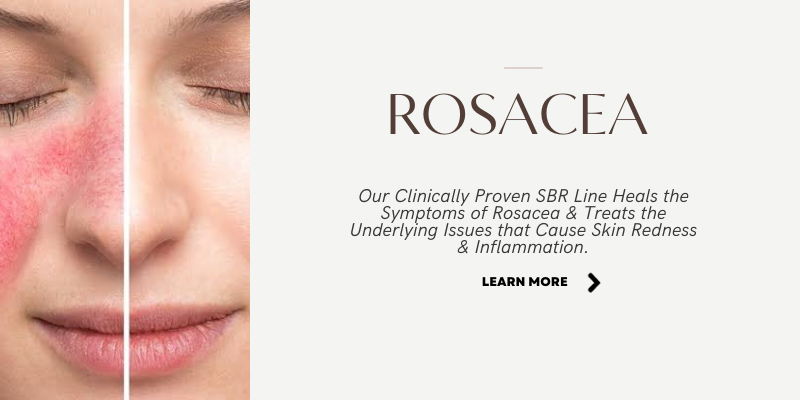Whether the sun is shining, or the weather is overcast, or even if you naturally produce a high level of melanin, the UV rays produced by the sun can be damaging in all weather conditions and for all skin types. Even though UV rays cannot be seen, UVs are responsible for sunburn, skin irritation, accelerated rates of skin aging, and even skin cancer!
Apart from features like a SPF of 30+, Broad Spectrum mineral based protection, and Toxic Chemical-free composition, one important criteria to look for is whether your sunscreen is water-resistant or waterproof. These terms describe how long sunscreens remain effective in wet conditions.
Did you know that the FDA no longer allows sunscreens to be labelled as waterproof or sweatproof? How does water-resistant sunscreen work? Why should you use a water-resistant sunscreen vs a regular sunscreen? What makes our PVO Broad Spectrum Mineral-based SunProtect SPF 30+ sunscreen water-resistant? Here’s everything you need to know about its water-resisting capabilities…
What is Waterproof Sunscreen?
In its most literal sense, a waterproof sunscreen means that the formula completely repels water. But in reality, all sunscreens eventually wash-off when exposed to water or sweat. Therefore, there is no such thing as waterproof sunscreen. In an 2011 announcement, the FDA determined this as a misleading term and required all brands to change the label requirements from Waterproof to Water-resistant sunscreens. Likewise, there there is no such thing as a sunscreen that is ‘sweatproof’.
What is Water-Resistant Sunscreen?
Water resistant sunscreen stand up to water better than regular sunscreens. Our SunProtect SPF 30+ is water-resistant and is effective up to 2 hours (or 120 minutes) without reapplication.
According to American Academy of Dermatology (AAD) Association, a sunscreen that claims to be water resistant for up to 2 hours means that the formula must give the same SPF protection when exposed to water for up to 2 hours. Thus, according to AAD, sunscreens that are labelled as water-resistant must remain effective for about 40 or 80 minutes while swimming or sweating based on standard methods of testing. After the prescribed time, the sunscreen needs to be reapplied.
Note that even if your skin remains dry while using a water-resistant sunscreen, it is still important to reapply the sunscreen every 2 hours. This is because the sun’s rays can break down the skin actives in the formula, or get clumped, or lose their effectiveness. You must also reapply after towelling off or sweating.
If you live in a wet or coastal climate or where it rains frequently, choosing a water-resistant sunscreen becomes imperative.
There are some sunscreens that are labelled as ‘Sports sunscreens’. However, the FDA hasn’t defined this term for sunscreen. While the term is meant to imply that the formula will resist water and sweat, it is just that..an implication. Thus, it is more accurate and reliable to look for terms like ‘water-resistant’ or ‘very water resistant’ on labels.
What ingredients are used to make Water-Resistant Sunscreen?
To make the sunscreen water-resistant, Puraveda Organics SunProtect SPF 30+ is made with several natural and eco-friendly water-repelling ingredients. Botanicals like Shea Butter and Coconut Oil are naturally water-resistant, but also seals in the skin with a fine film to prevent trans-epidermal (evaporative) water loss.
Application of Water-Resistant Sunscreens?
The AAD recommends that even when your sunscreen is labeled as water-resistant and is SPF 30 and above, it should to be reapplied at least every 2 hours. Even these type sunscreens need to be used more often after swimming or excessive sweating, or as according to the directions of the label.
Apart from regular daytime application of our natural sunscreen, it is always a good idea to wear protective clothing when out in direct sun, especially between the hours of 10 a.m. to 2 p.m. These are the hours when the prevalent UV is on the ‘B’ spectrum, which is responsible for the most damage associated with the sun.




